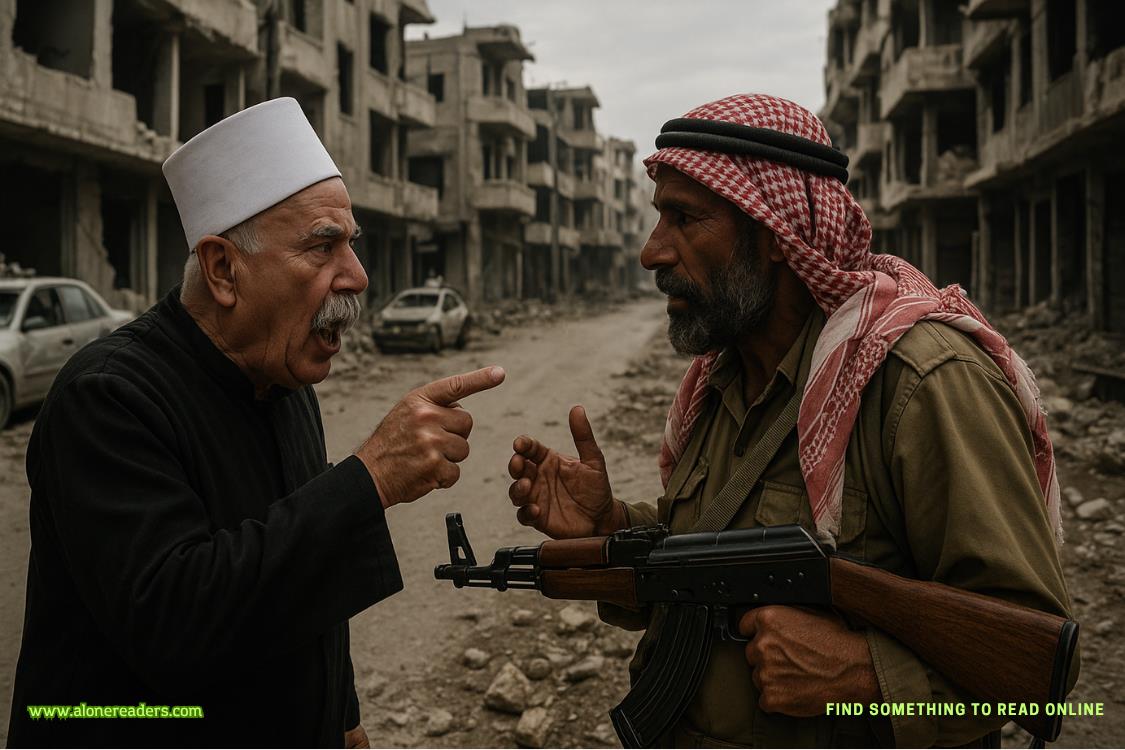I catch Kit craning his neck, admiring the sun through the leaves overhead. He’s wearing washed-out linen. His mouth is soft and happy, parted with wonder.
A frisson ofyes-no-yescourses through me.
Kit has always encountered the world with a pure, wholehearted eagerness to be amazed. A cool rock, a dog in a park, a song in a shopping mall, the rolling grounds of an eighteenth-century chateau. My first instinct, the thing I learned before I could find France on a map, is to love how Kit loves.
Then there’s the miserable ordeal of everything else.
But after that comes the second yes: I’m going to try to be his friend.
I fall into step beside him and ask, “What’s that tree?”
His jaw drops when he sees me, which is honestly funny. Likea dumb baby in a Renaissance painting.
“I—I think it’s a Norway maple.”
“Really?”
“Best guess. I thought it was a field maple at first, but the leaves have points.”
It’s a skill he picked up from a childhood running around the French countryside and his mom’s greenhouse. Anytime I saw an interesting flower or a funny-shaped cactus, I could text Kit a photo and have it identified in ten minutes or less. I’ve had to get used to not knowing the names of trees.
It’s nice to know this one.
Neither of us says anything else, but we don’t drift apart either.
The path ends at a massive château with a limestone facade and dark mansard roofs, elegant but unpretentious. Somewhere in LA, a location scout is crying because they shot a wistful French period romance without knowing about it. Ten-foot stone walls separate it from the gardens, and in their opening stands a white-haired man in a chambray shirt and olive trousers. His straw sun hat manages to look jaunty despite also looking like he’s sat on it a bunch of times.
“Amici,” Fabrizio says, “this is Gérard! His family owns this estate for generations. Today, we learn how wine is made in Bordeaux!”
Gérard, who has an accent like a cognac-drunk fiddle suite, leads us through the arching entrance of the château. We glimpse the interior—antique chaises and damask wallpaper andis that a nude oil painting of Gérard—and then we’re in a courtyard framed by the house’s long, narrow wings. Here, a dozen or so wooden worktables are arranged on the packed dirt, bowls of flour and dough set out on each one.
Another man awaits us there. From the way Gérard saunters up to him (and from what I saw of that painting, though it’s hard to tell with his pants on), this must be his partner.
“Before our tour, we have une petite surprise for you,” saysGérard. “Baguettes! My husband will teach you how to make baguettes, and then we will tour the grapes and taste the wines. Et à la fin, we will have lunch in the garden, and you will eat your baguettes.” He leans in and stage-whispers, “And if you cannot make the baguette, you must leave France. It is the law.”
He winks outrageously and leaves us with his husband, who’s draped in a menagerie of floaty earth tones.
“Bonjour!” Baguette Husband says.
“Bonjour!” everyone calls back.
Baguette Husband demonstrates how to form the provided dough into three small baguettes, explaining that they’ll be rested and baked for us during our tour. Everyone divides up, two people to each numbered table. Maybe if I had sat with Fabrizio that first day I’d be sharing his table instead of Stig, but as it is, Kit and I are the only two left.
“Ah, together?” Baguette Husband coos at us.
“No,” Kit says with a readiness that’s almost insulting.
Baguette Husband gets a twinkle in his eye and says, “Not yet, maybe?” and nudges us to the last open table like we’re two fourth graders with a crush. The worst part is, wewere,once. He’s eighteen years behind.
We flour our table in silence, and I riffle uselessly through my brain for something to say. Everyone else is laughing and chatting with their table partner, flicking flour at each other or trying to recall the instructions, while Kit and I are pointedly not having a cute time.
The problem is, we’ve only ever been everything or nothing to each other. I don’t know how to start beingsomethingto him.
I also don’t know how the hell this lump of gluten is supposed to move through three-dimensional space to become a baguette. The dough and I are in a fight. I fold one edge toward the center, then seal it down with the heel of my hand, then turn the dough around and do it again, and then—fold it? How? Save me, Baguette Husband.
I peek over to cheat off Kit’s work and discover, with no small amount of horror, that he’s already finessing his last baguette. His hands move like a magic trick, precise and swift and certain.
He was always a gifted baker, but he’s gotten staggeringly good at this. It’s like the doughwantsto be touched by him. It gives under the heel of his hand, swells affectionately back into his palm, relaxes again at the gentlest pressure. The muscles in his forearms flex with the plain, steady purpose of doing the exact thing they were developed to do, which is when I realize howmuchthey’ve developed, how they taper down to the same elegant wrists, the dusting of flour there, the little whisk inked just under the knob of bone—















